Today, the Australian Bureau of Statistics (ABS) released the latest (CENSUS) results of the 2016 census, which is probably a milestone because all the data show that Australia`s Asian-American population will soon catch up with Europeans. Asians will become Australia`s largest ethnic group!
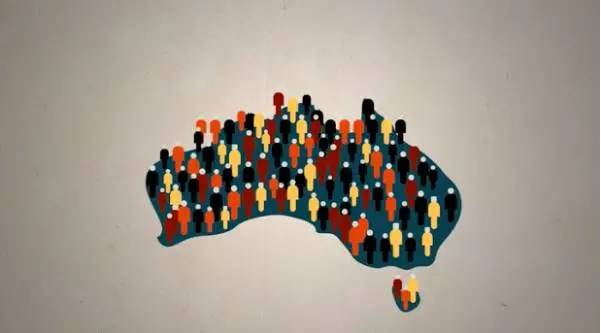
Aussie summed up 66 data to show you one of the most real Australia!
Australia`s total population rose 8.8% to 23401892 compared with the 2011 census.

If you add in the number of people traveling overseas at the time of the census, Australia`s population has exceeded the 24.4 million mark, 17 years earlier than expected.

3, the population of Victoria is 5926624; the population of New South Wales is 7480228; and Queensland 4703193.
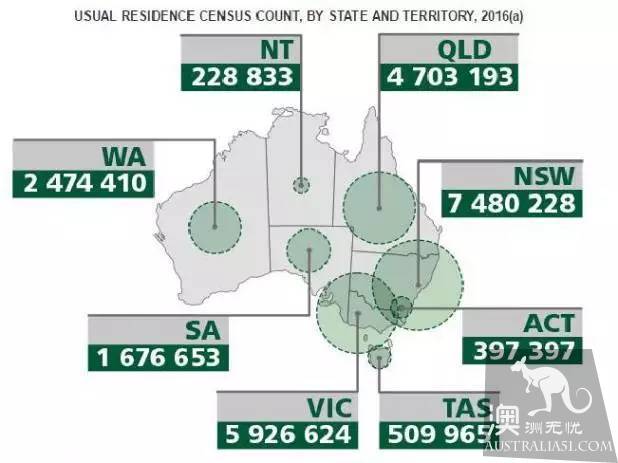
Last August, there were 4485211 Melbourne registered in the census and 4823991 in Sydney. Melbourne will replace Sydney as Australia`s most populous city
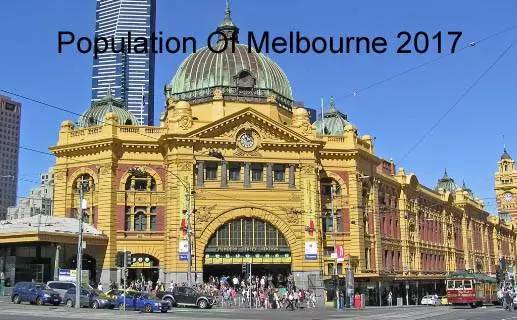
But Melbourne has added 1859 people a week over the past five years, with a population growth rate of 12.1 percent. Sydney adds 1656 people a week, with a population growth rate of 9.8 percent. Melbourne will replace Sydney as Australia`s most populous city.

Darwin was Australia`s fastest-growing city in 2006, reaching 13.5%.
Seven, followed by Perth, was 12.5 percent.
8. If Australia is compared to a village of 100 people, 49.3 of them are men.

9,50.7 are women.

The village was more diverse than it was 50 years ago, with 3.9 of them born in England, down 0.3 from 4.2 in 2011.
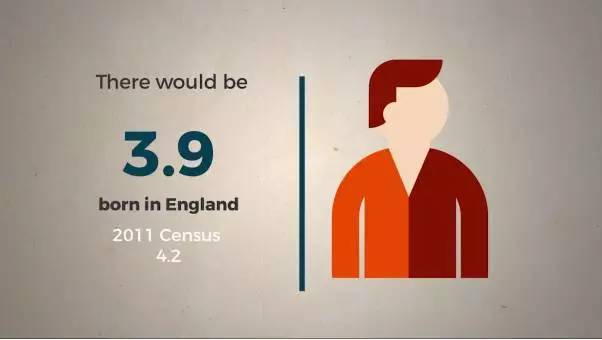
11, 2.2 were born in China, up 0.7 from 1.5 in 2011.
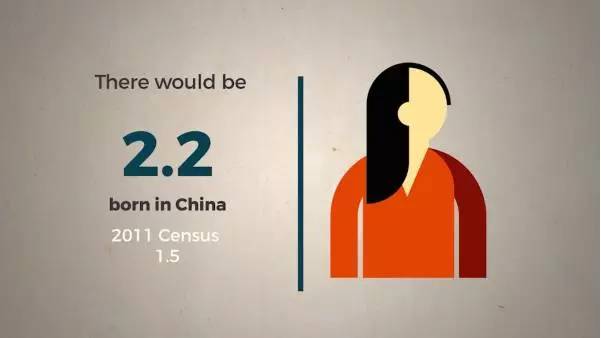
Twelve, 1.9 were born in India, up 0.5 from 1.4 in 2011.
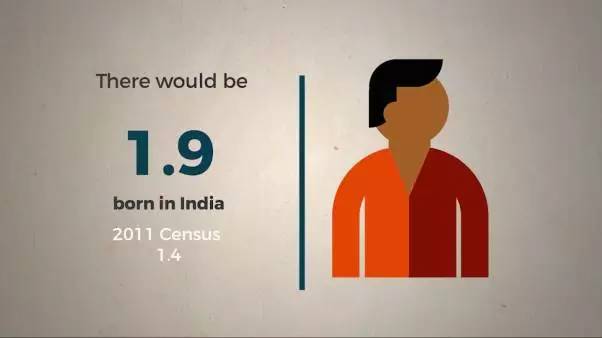
13, 1 was born in the Philippines.
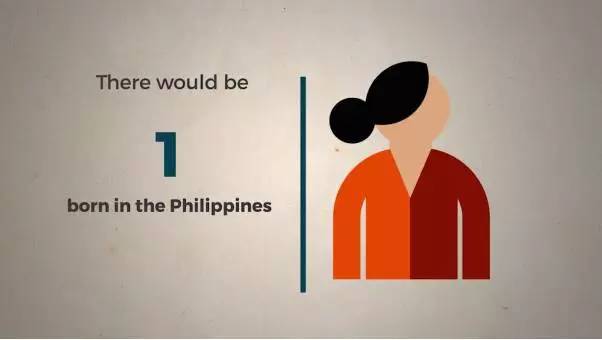
At the same time, religious beliefs in the village are pluralistic, with 29.6 people without any religious beliefs. (in terms of the total population, the number of non-religious persons has increased from 4693162 in 2011 to 6933708 in 2016 over the past five years)

In 15, the number of people with religious beliefs decreased, with 22.6 of them Catholic. (converted to a total population of 5291834)
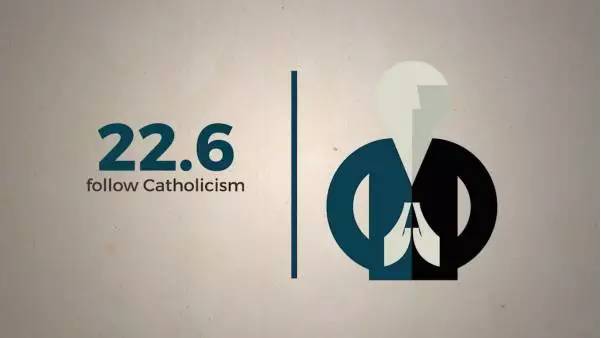
In 16, there were 0.5 Sikhs (converted to a total population of 125900); 0.4 Jews (91000) and 0.8 other religions (186700); Australia had the largest number of Buddhists from Viet Nam, at 26 per cent.

In 17, 2. 6 were Muslim, an increase of 160% over 1991.

The most commonly spoken languages in Australia are English (72.7) and Putonghua (2. 5), Arab).

In the rent, the median rent for a private house is $335 a week.
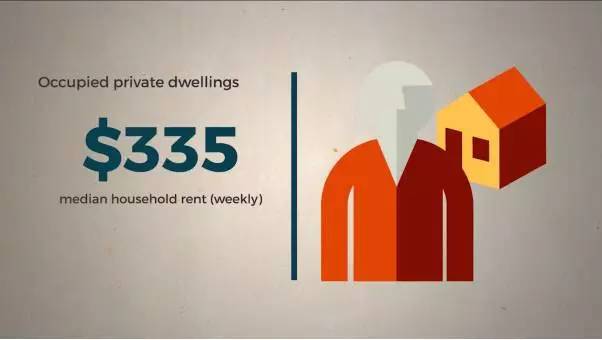
20. The median mortgage for private housing is $1755 for one month.

21. On average, a household has 2.6 residential members.
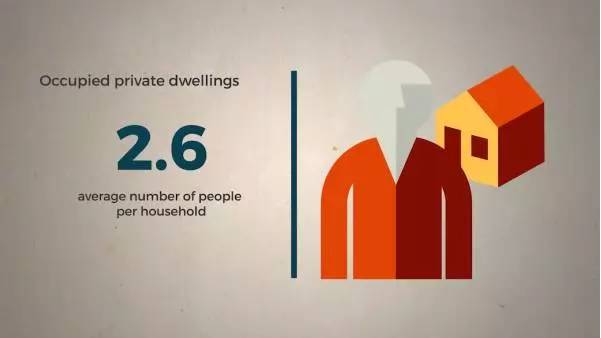
22. The average one-week income per person is $662.
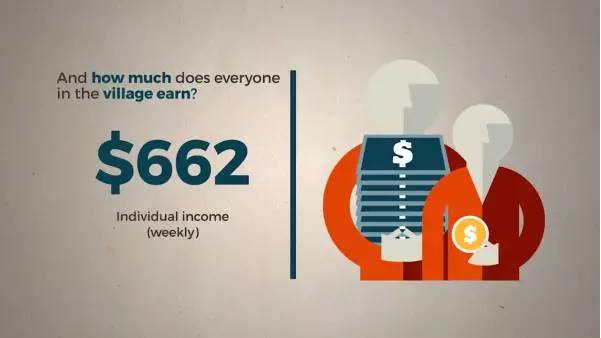
Twenty-three, a family`s weekly income is $1734 (in household units).

The income of each household for a week is $1438 (in houses).
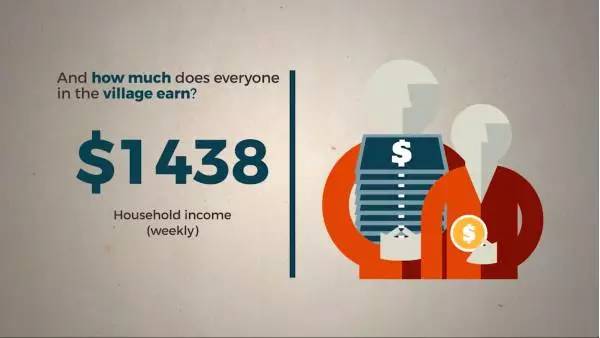
In Australia, marriages accounted for 48.1%, down 0.6% from 48.7% in 2011, and non-marriage accounted for 35% of the population.
24.7% of families are couples and children, 37.8% have no children and 15.8% are single-parent families.
Among them, the proportion of single-parent families is 81.8% for women and 18.2% for men.

28. Separated persons account for 3.2 percent of the population, divorces make up 8.5 percent of the population, and widows make up 5.2 percent of the population.
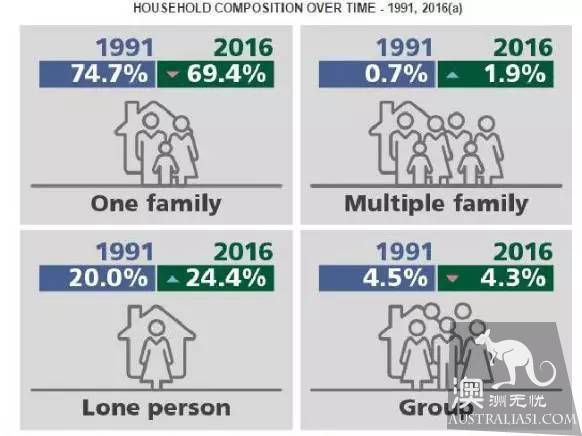
The one-child share fell 5.3 percent from 74.7 percent in 1991 to 69.4 percent in 2016.
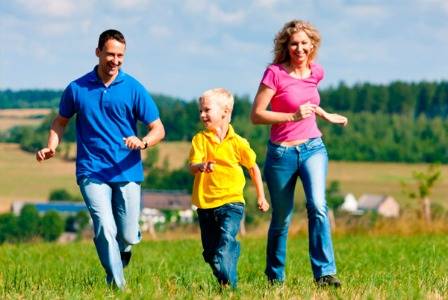
The proportion of families with many children rose 1.2 percent from 0.7 percent in 1991 to 1.9 percent in 2016.

The proportion of people living alone rose 4.4 percent from 20 percent in 1991 to 24.4 percent in 2016.
32. The proportion of people living in groups fell 0.2 percent from 4.5 percent in 1991 to 4.3 percent in 2016.
The median age of Australia`s population in 2016 was 38, an increase of one year from 37 in 2011.
In Australia, 50.7% are women and 49.3% are men. More women than boys!
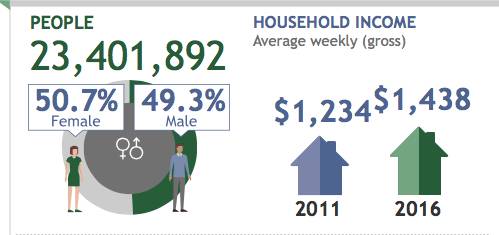
35. In terms of aborigines, Australia had 649171 aborigines, or 2.8% of the population, in mid-2016, up from one hundred thousand in 2011.
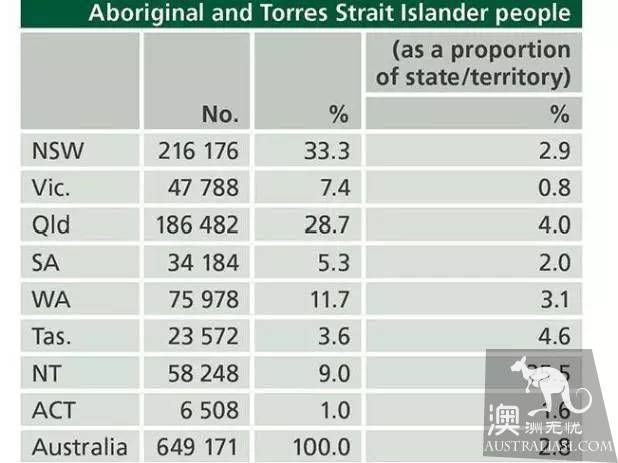
36. In terms of nationality, the share of Australians of both parents in the total population declined: 57 percent in 2006; 54 percent in 2011; and 50.7 percent in 2016.

37. Increase in the number of births abroad: 5280802 in 2011; 6150191, or 26.3% of the total population, in 2016;

38. From the national point of view, the number of Australians born in the United Kingdom is the largest, at 907570, followed by New Zealand, with 518466;
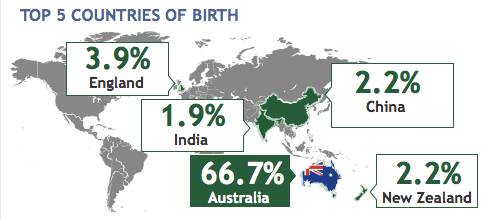
39, China ranked third, for 509555 people;
40, India fourth, at 455389;
41, the Philippines ranked fifth, at 232386.
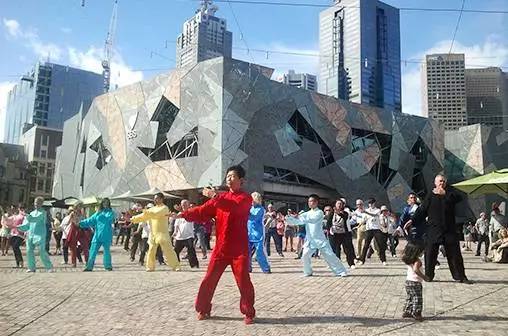
For the first time, the number of Australians born in Asia surpassed that of Europe in regional terms. Australia has seen 1.3 million new arrivals over the past five years, with the largest numbers coming from China and India, at 191000 and 163000, respectively.
43. The number of immigrants in Victoria is 28% of the population.
44. The four most spoken languages of Australians are:
- English: 17020417 people, 72.7% of the total population;
- Putonghua: 596711 persons, or 2.2 per cent of the total population (1.6 per cent in 2011);
- Arab: 321728 persons, 1.4% of the total population;
- Cantonese: 280943 people, or 1.2% of the total population;
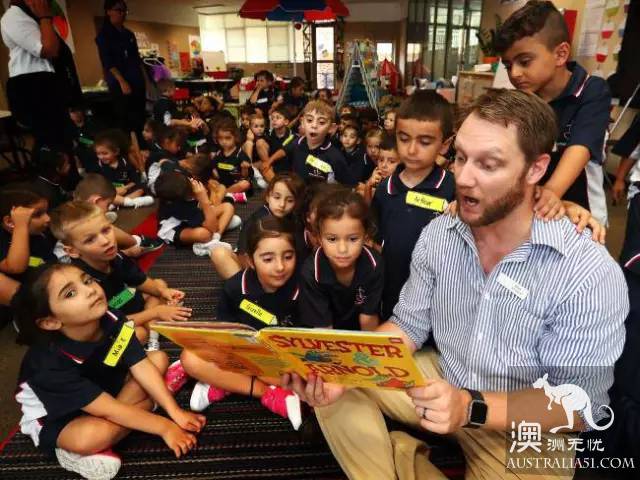
The total Chinese population in Australia was about one million two hundred and thirteen thousand nine hundred, accounting for 3.9 percent of the total population.

In 46, there were 370644 Chinese in Victoria, or 4.7 percent of the state`s total population, and 514,594, or 5.2 percent, in New York.
In 47, the Chinese population in Clayton, Victoria, accounted for 32.2%.

48,28.3% Chinese in Glen Waverley, Victoria

49. The proportion of Chinese in Box Hill, Victoria, was 26.9%.

In 50, Doncaster, Victoria, the proportion of Chinese 26.6%.

51. 11.3% Chinese in Point Cook, Victoria

52. However, the proportion of Chinese in these parts of Victoria is lower than that in Sydney`s Hurstville District, where the proportion of Chinese is as high as 49.4%.

53. With regard to housing, 41 per cent of Australians owned their own homes 25 years ago (no mortgage), compared with 31 per cent in 2016;

54. Twenty-five years ago, 27.7 per cent of people owned their own homes, compared with 34.5 per cent in 2016;

55. 25 years ago, 26.9% of people rented their homes, compared with 30.9% in 2016.
In 2011, Australia had 7760314 private properties, up from 8286073 in 2016.

In Australia, the proportion of independent housing was 72.9%;
58,12.7% of semi-independent townhouses;
The proportion of apartments is 13.1%, and the proportion of trailers is 0.3%.

The median weekly rent rose from $285 in 2011 to $335 in 2016.
The median monthly home loan for Australians fell from $1800 in 2011 to $1755 in 2016.
62. Australia`s ageing population is becoming more and more serious, with 16% of the population aged 65 and over.
Sixty-three, 15 to 64 years of age make up 65.6% of the total population.

Sixty-four, 14-year-olds accounted for 18.7 percent of the total population, a decline, with the exception of Aboriginal and Torres Strait residents of (Torres Strait Islanders), where children and adolescents contribute to the majority of population growth.
65, the number of people aged 85 and over reached five hundred thousand.
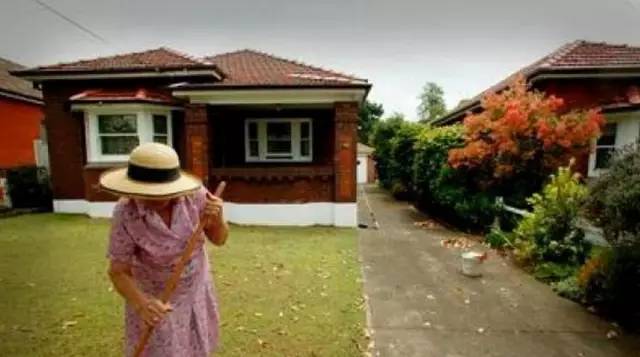
66. The next census will be held in 2021.
Such a data will be crucial to many policy changes, including the determination of business plans, and many people see changes and opportunities. For example, the growing Chinese community has become a major concern in Australia over the next five years. It`s worth looking forward to.

